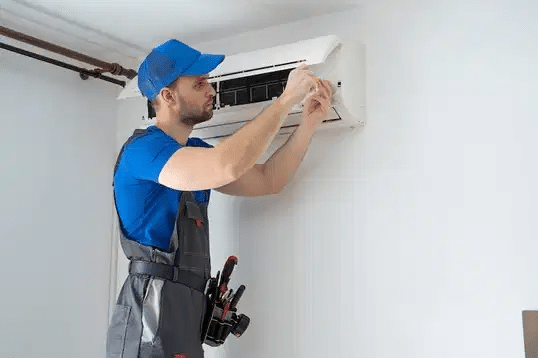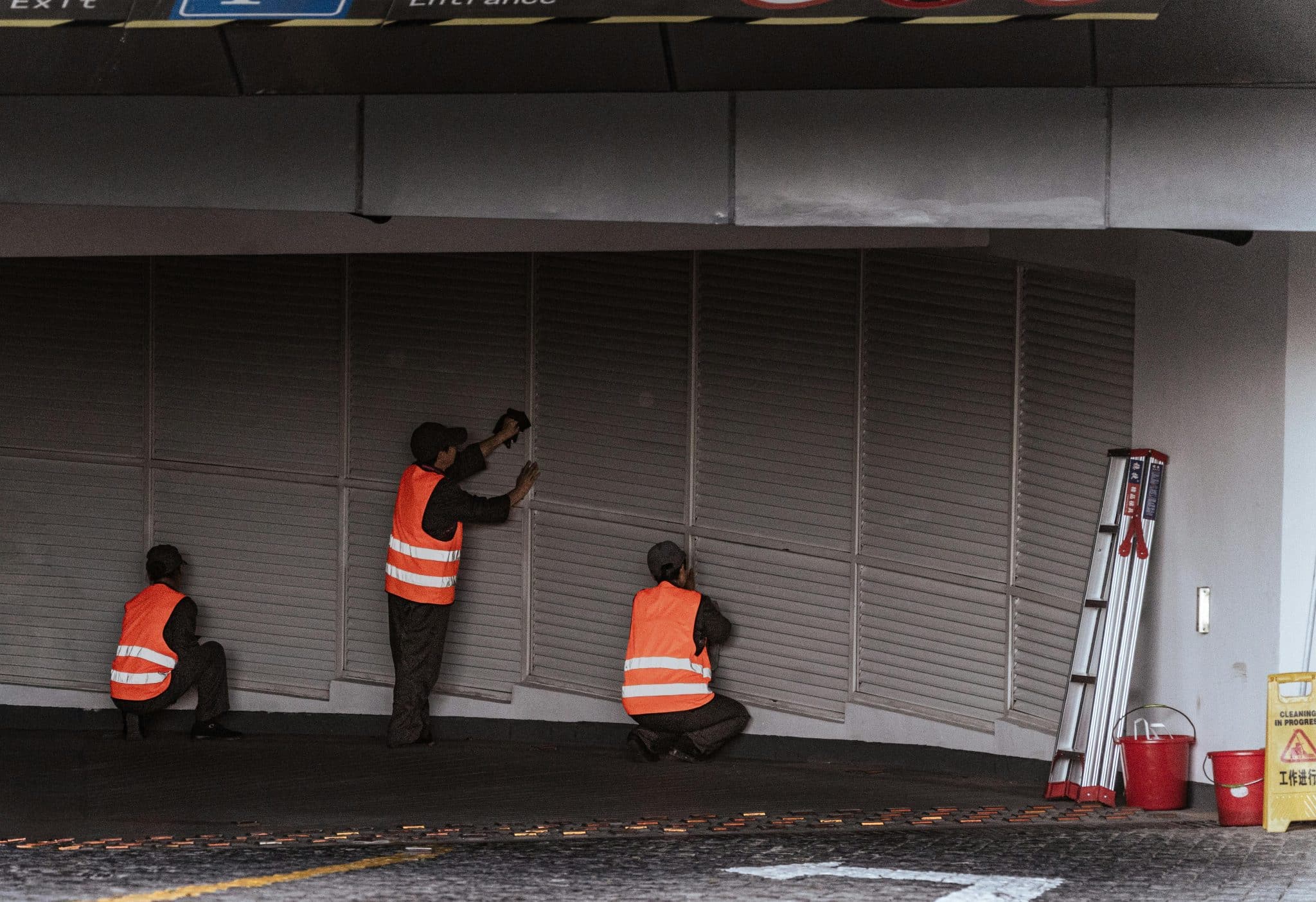When building in bushfire-prone areas, understanding AS 3959 is crucial for safety and compliance. However, many people have misconceptions about its requirements, leading to confusion and potential risks.
From thinking it only applies to rural homes to underestimating its impact on construction costs, these misunderstandings can cause costly mistakes. This blog will debunk five common misconceptions about AS 3959.
1. Only Applies to Rural Areas
Many people think AS 3959 only applies to houses in rural areas, but this is not true. This standard covers all areas at risk of bushfires, including suburban and semi-rural locations. Even homes near bushland, parks, or open grasslands may need to follow the rules.
AS 3959 is based on Bushfire Attack Levels (BAL), which measure how much fire risk a property faces. Areas with high vegetation, strong winds, or dry conditions may have higher BAL ratings, requiring stronger fire protection.
If you plan to build, renovate, or extend your home in a bushfire-prone area, you must check local regulations. Even homes in towns and city edges may need to follow fire safety measures.
2. Compliance Is Optional
Some homeowners believe following AS 3959 is a choice, but it is legally required in bushfire-prone areas. Local councils and building authorities enforce these rules to protect homes and people from bushfires.
If you do not comply with AS 3959, you may have trouble getting building approvals, insurance, or permits. In some cases, failing to follow the standard can increase the risk of fire damage, making repairs more expensive.
Builders and homeowners must ensure materials, construction methods, and designs follow AS 3959 based on the BAL rating of the property. This means using fire-resistant materials, proper glazing, and ember protection.
3. Any Fire-Resistant Material Meets AS 3959 Standards
Not all fire-resistant materials meet AS 3959 standards. Some materials may slow down flames, but they might not meet specific BAL requirements.
For example, certain bricks or treated wood may be fire-resistant, but AS 3959 requires tested and certified materials that follow strict heat, ember, and flame exposure rules. Materials must pass approved tests to be included in AS 3959-compliant construction.
This means checking manufacturer certifications before buying materials. Just because a product says “fire-resistant” does not mean it meets AS 3959 for your specific BAL rating.
4. Increases Building Costs
Some people assume that complying with AS 3959 makes building too expensive, but this is not always the case. While higher BAL ratings may require stronger materials and fireproof designs, there are affordable solutions.
For example, using metal mesh screens, ember-proof seals, and fire-resistant cladding can provide fire protection without excessive costs. Builders and suppliers offer cost-effective options that still meet the required fire safety standards.
Ignoring AS 3959 can actually cost more in the long run. A house that fails fire safety standards may be difficult to insure, and repairs after a fire can be very expensive.
5. Older Homes Are Exempt
If you renovate, extend, or rebuild any part of your house, local authorities may require you to follow AS 3959 for those changes. Even if the house was built before the standard was introduced, homeowners are encouraged to upgrade fire safety features to protect against bushfire risks.
This can include installing ember-resistant vents, upgrading windows, using fire-rated doors, and clearing vegetation around the home. While full compliance may not be required for older homes, improving fire protection can reduce the risk of fire damage and safety hazards.
Take Proactive Fire Safety Measures
Understanding AS 3959 is crucial for protecting your home and ensuring compliance with bushfire safety regulations. By debunking these common misconceptions, you can make informed decisions about building materials, design choices, and ongoing maintenance.








